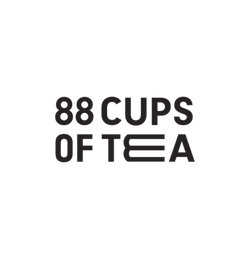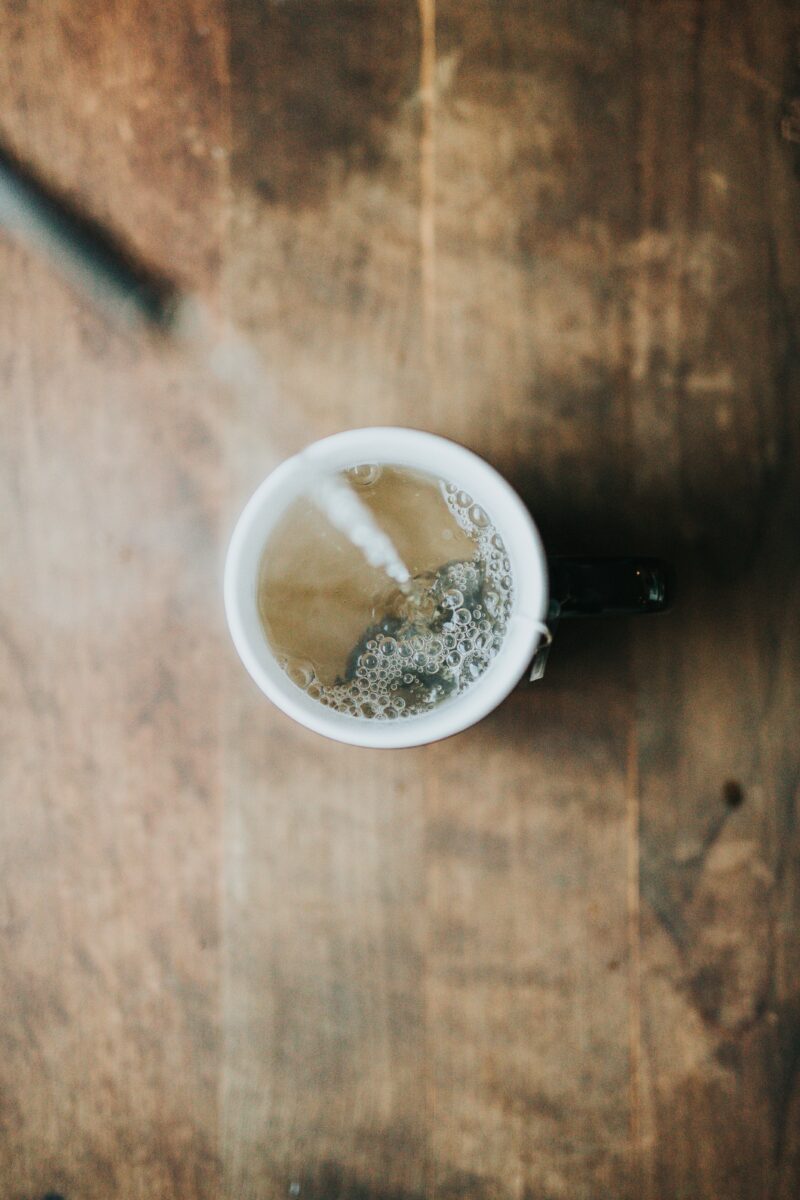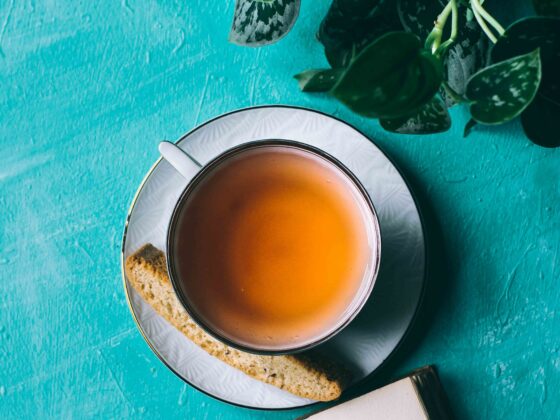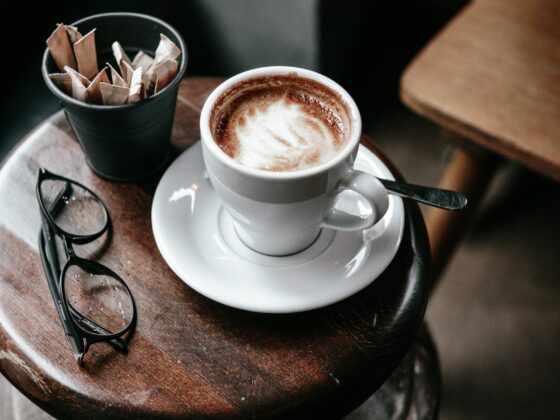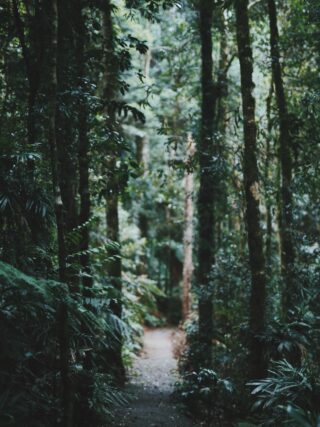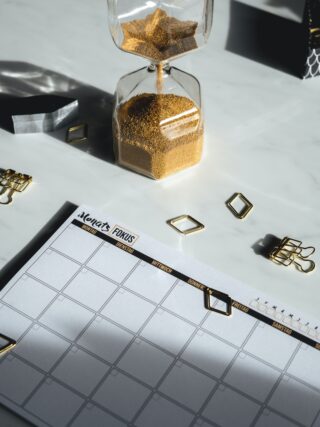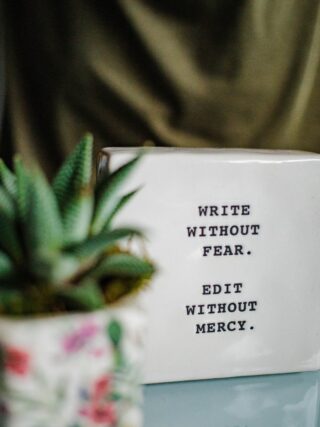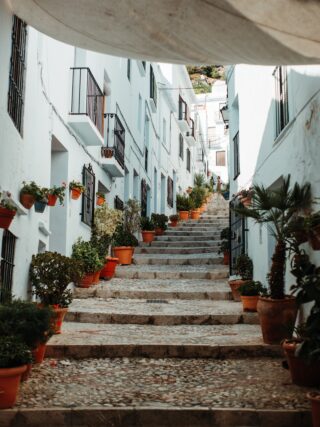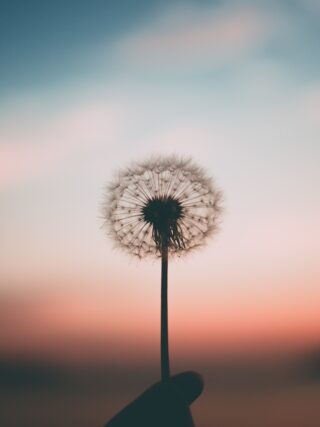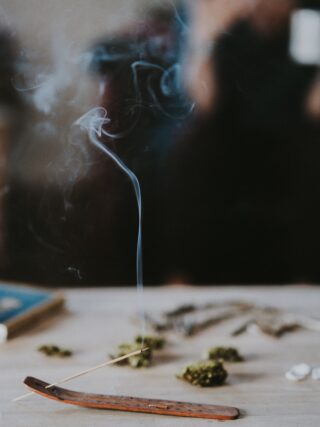My abuela lived in Uruguay and was a curandera—a wise woman, healer or, depending on who you asked, a witch. Her name was Herosilda, but everyone called her Yuyú for the herbs (yuyos) she grew and used as medicine. If you ran to her with a mosquito bite or caterpillar sting, she might use a slice of tomato or homemade guazatumba on you. If you couldn’t find something, she would turn an empty cup upside down on the table to ‘hide the devil’s tail’ so you could find your lost thing.
At the same time, my parents were college educated, living in the United States and working in technical or medical fields. Growing up, I had science and magic coexisting in the same space—and it maddened me. I’m first generation so I wanted to be a good American. I was determined to jettison any idea of the magical or the mysterious. If it wasn’t factual, proven by science and history, it wasn’t in my creative practice
When I started writing over ten years ago, I knew I wanted to be a plotter. I loved reading books on story structure – I appreciated the elegance of a meticulously constructed story arc. I longed for the surety of knowing, beat by beat, what I would write next. From SAVE THE CAT by Blake Snyder to WRITING THE BREAK OUT NOVEL by Donald Maass—and many other books in between—I read and took notes. I liked knowing what I’m supposed to do. (I still do.)
We Love Our 88 Cups of Tea Patreon Family!
If you’ve ever wondered how to best support the content you love to consume, signing up to join our Patreon Family is the most helpful way! Get access to join our live virtual write-ins, listen to extended interviews, receive handwritten postcards and welcome packages from the host, and more!
Over the years, we’ve earned the reputation of adding more positivity and hope into people’s lives, boosting the morale of our listeners and readers. We’ve become the go-to space for storytellers seeking camaraderie and inspiration. Because of you, our growing community has allowed us the platform to amplify the voices and stories of various storytellers from all walks of life to embolden you with your creative pursuits.
Thank you for considering how much impact your contribution can make. Click here to check out our Patreon benefits!
And yet. When I sat down to write, my characters would turn down a narrow side street I hadn’t even known was there. I’d tell them who they’re supposed to fall in love with and they’d just laugh and refuse. In short, my carefully laid out plots were hijacked by recalcitrant characters.
Fine, okay, I thought. I’m not a plotter, I’m a pantser. I’ll just write and let la musa take me where she wants. Pantsing works for lots of people and I figured I was one of them. But I wound up with lazy, inert characters sitting around drinking endless cups of tea. That would be fine, I suppose, if I were writing an episode of The Golden Girls, but I write FOR TEENS. Pantsing was clearly not for me either.
That’s when I realized that I’m a hybrid. Call me a plotser or maybe a pantser. I’m a Dr. Frankenstein kind of writer, using meticulous method when it suits me and intuition and inspiration when it comes. I’ve stopped half way through a book written by the seat of my pants to build a scaffold of a plot for characters to climb up on. At other times, I’ve taken apart the carefully laid out bones of my book in order to introduce a chaotic element.
While writing my debut YA contemporary, THE GRIEF KEEPER, I started with the simple idea of a girl, Marisol, who flees the violence in her home country of El Salvador with her sister Gabi. She will do anything to keep Gabi safe. I introduced a careful plot that mirrored a true experience of coming to this country and seeking asylum. I even wrote out a beat sheet of the events that happened in El Salvador before the book begins which set the story in motion. More plotting happened as I created the rules for the speculative fiction experiment Marisol agrees to take part in to gain asylum – the testing of a device that transfers grief from one person to another. A lot of the research I did never even ended up on the page. Up to this point it was pure plotting goodness. Then, Rey arrived. She would give her grief to Marisol and they would be locked into an unequal, emotionally fraught relationship. Rey was chaotic and unpredictable and hurting. I didn’t know what she would do from one moment to the next. I let her lead me to discover wonderful and terrible things—things that careful plotting wouldn’t have revealed to me.
So perhaps hybrid writing just means using the tools that you’ve learned in whatever way that works for you. I started out committed to plotting, but over the years, magic has crept back into my life—an inheritance from mis abuelos I didn’t know I desperately needed. I’m made of structure and order and magic and intuition. There’s no reason I have to be one or the other.
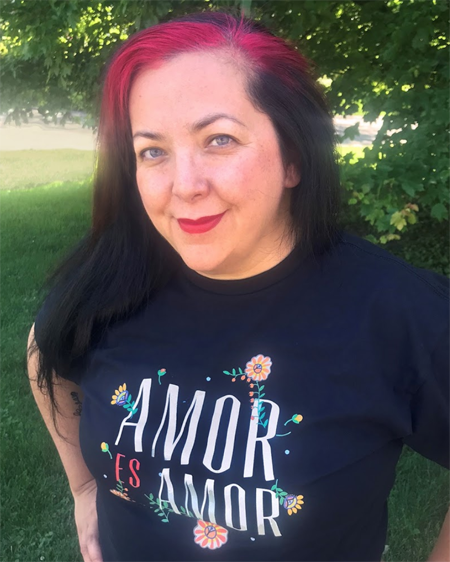
Alexandra Villasante has always loved telling stories–though not always with words. She has a BFA in Painting and an MA in Combined Media (that’s art school speak for making work out of anything). Born in New Jersey to immigrant parents, Alex has the privilegio of dreaming in both English and Spanish, and currently lives with her family in the semi-wilds of Pennsylvania. Visit her online and follow her on Twitter.
